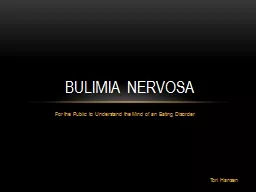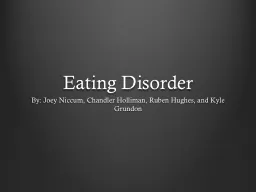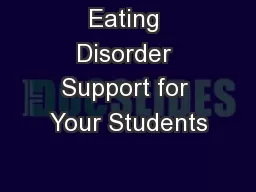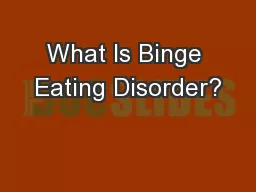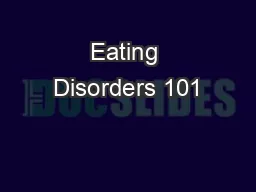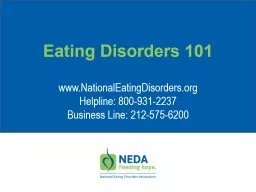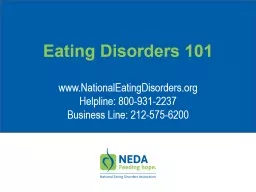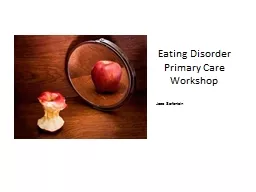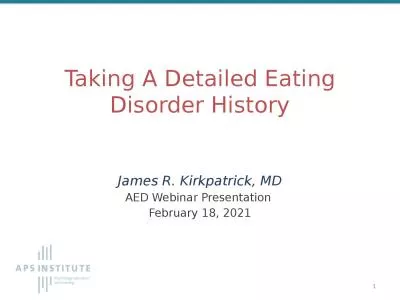PPT-Private Practice with a Focus on Eating Disorder Treatment
Author : olivia-moreira | Published Date : 2019-06-26
Nicole Lefever MS RDN LDN Intro Nicole in a Nutshell ED Treatment Experience Remuda Ranch Private Practice Experience Mid Atlantic Nutrition Specialists LLC Disordered
Presentation Embed Code
Download Presentation
Download Presentation The PPT/PDF document "Private Practice with a Focus on Eating ..." is the property of its rightful owner. Permission is granted to download and print the materials on this website for personal, non-commercial use only, and to display it on your personal computer provided you do not modify the materials and that you retain all copyright notices contained in the materials. By downloading content from our website, you accept the terms of this agreement.
Private Practice with a Focus on Eating Disorder Treatment: Transcript
Download Rules Of Document
"Private Practice with a Focus on Eating Disorder Treatment"The content belongs to its owner. You may download and print it for personal use, without modification, and keep all copyright notices. By downloading, you agree to these terms.
Related Documents


